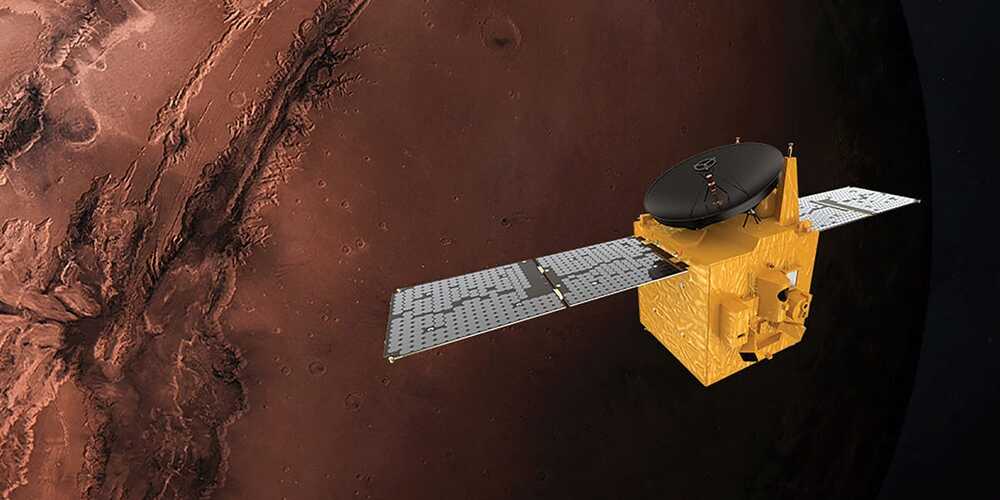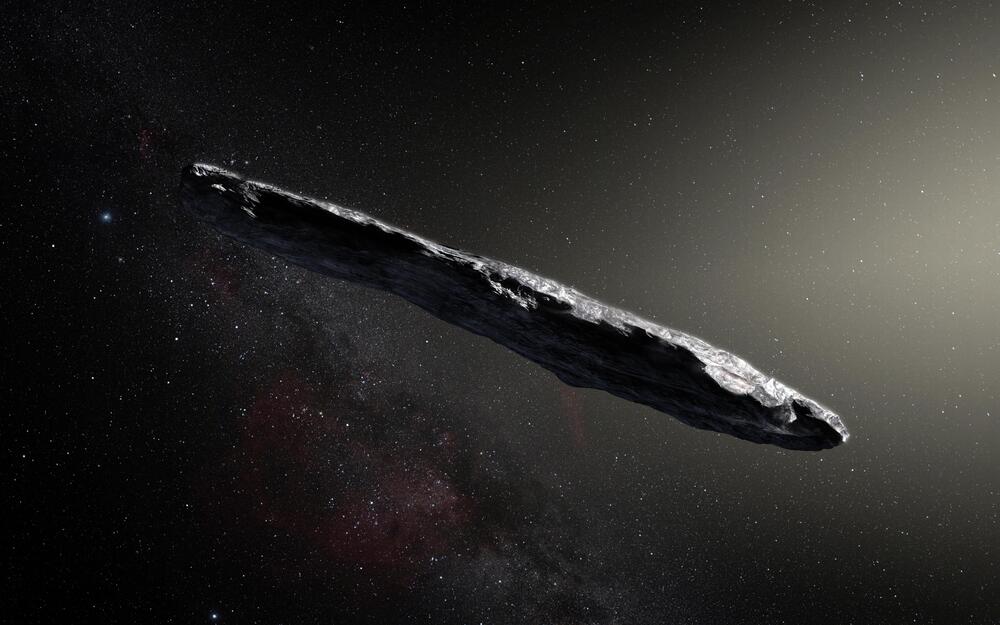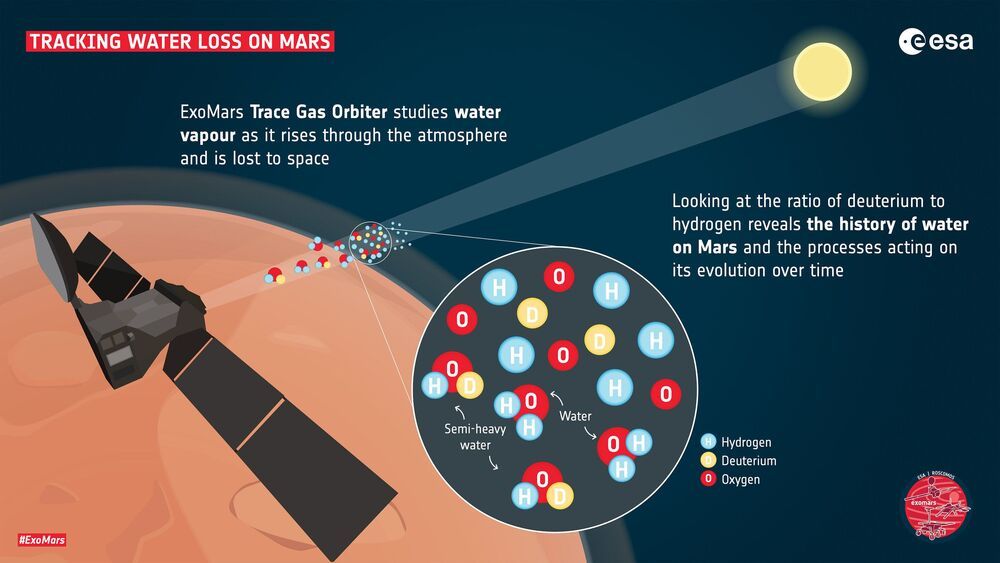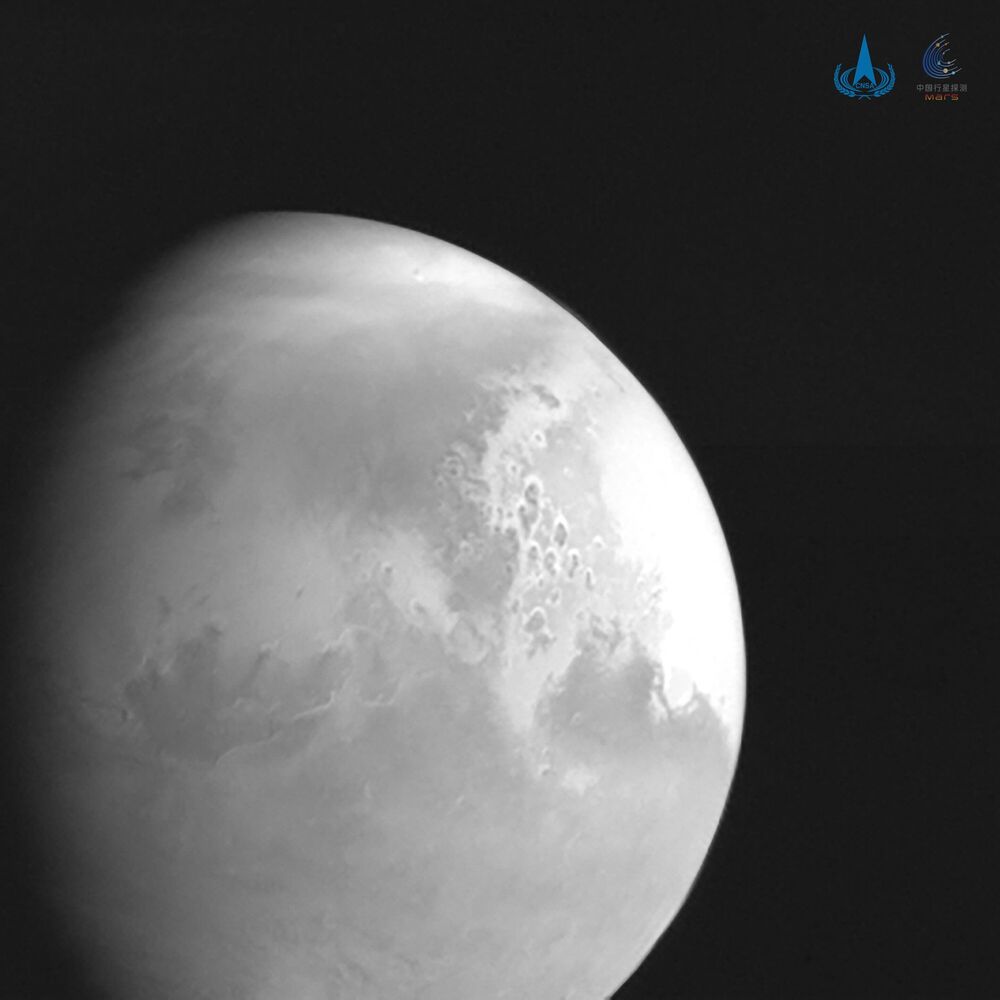The most distant known object in the Solar System is now confirmed. FarFarOut, a large chunk of rock found in 2018 at a whopping distance of around 132 astronomical units from the Sun, has been studied and characterised, and we now know a lot more about it, and its orbit.
It’s about 400 kilometres (250 miles) across, which is on the low end of the dwarf planet scale, and initial observations suggest it has an average orbital distance of 101 astronomical units — that’s 101 times the distance between Earth and the Sun.
Since Pluto has an average orbital distance of around 39 astronomical units, FarFarOut is very, well, far out indeed. It has been given the provisional designation 2018 AG37, and its proper name, in accordance with International Astronomical Union guidelines, is still pending.






